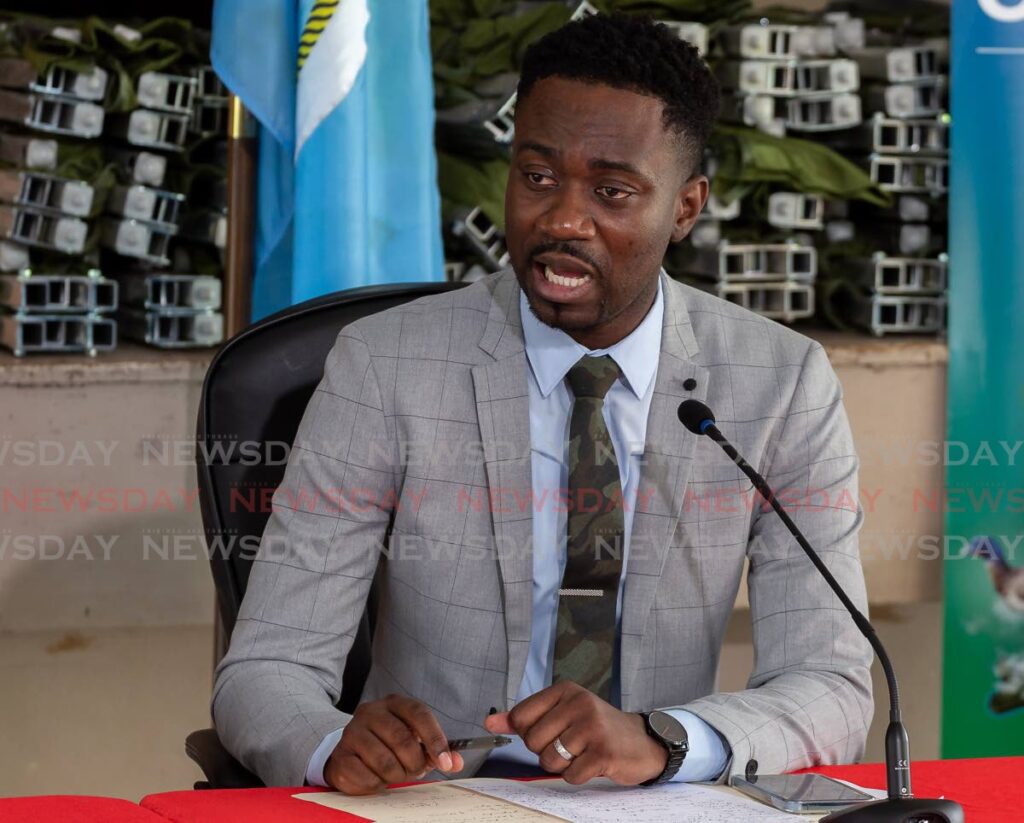Getting airbridge arithmetic right

THE EDITOR: Last Wednesday while speaking on Tobago Channel Five’s Rise and Shine programme, the Tobago House of Assembly (THA) Chief Secretary called for an honest discussion with Caribbean Airlines Ltd (CAL) about what it takes to have an efficient inter-island airplane service and to work out the arithmetic of the airbridge airfare.
A recent media story about the airbridge service and airfare provoked highly charged debates on social media platforms and talk shows. Several commentators questioned the validity of the $40,800 loss which the writer claimed CAL incurs on every return airbridge flight using the ATR 72-600 aircraft. Some even claimed the loss figure quoted was grossly inflated.
The loss figure was calculated by using data provided to a joint select committee of Parliament in January 2017, in which a senior CAL official stated that the economic fare would be about $600 or $700. This figure was extrapolated to $1,000 considering today’s operating costs due to inflation and the price of aviation fuel.
However, an August 4 CAL statement said, among other things, that the domestic operation has a high operating cost of US$17,306 per flight hour, a figure that is most likely based on an airbridge route cost analysis. This figure has thrown a new dimension into the air bridge arithmetic.
Trinidad and Tobago Civil Aviation [(No. 2) Operations] Regulations, Section 2, Interpretation states that “flight time means the total time from the moment an aeroplane first moves under its own power for the purpose of taking off until the moment it finally comes to rest at the end of the flight.”
Using conservative estimates, a return flight to Tobago on an ATR 72-600 has a flight time of approximately 52 minutes, consisting of 40 minutes airborne time and 12 minutes taxiing time. Using the cost per flight hour provided by CAL in its most recent statement, the prorated operating cost of a return airbridge flight works out to be US$14,998, or $100,490 based on an exchange rate of TT$6.70 to a US dollar.
The $400 revenue derived from the airfare and the subsidy per passengers on a return airbridge flight operated by CAL’s 68-seater ATR 72-600 at a 100 per cent load factor amounts to $27,200. Therefore, the operating loss on a full return airbridge flight is $73,290 or $1,078 per return passenger seat.
After incurring large accumulated losses in its operations and in order to stay airborne, CAL would request a cash bailout from the Treasury. CAL must support such requests by furnishing the Ministry of Finance with its updated balance sheet, income statement and cash flow statement for all its operations.
CAL meticulously records data on the operations of all its routes including the airbridge, showing in the main by route, the number of flights operated by aircraft type, the number of passengers carried, operating expenses and revenues, etc.
In June 2021, CAL announced a loss of, according to its unaudited financial results for the first quarter of 2021, $172.7 million (US$25.7m) and a 75 per cent decline in revenue, compared to the same period in 2020. The losses follow a similar downturn in 2020, which saw an operating loss of $738 million (US$109.2m), compared to operating profits for 2018 and 2019.
Also, at a virtual news conference on June 15, 2021, the Minister of Finance and Corporation Sole stated that the Government cannot bail out Caribbean Airlines (CAL) to the tune of $700 million in 2021 “unless the airline gets itself ready and makes itself as efficient as possible for resumption of flights.”
The minister further stated that whatever system is put in place to allow the resumption of flights, CAL will be required to make a presentation to the wider public and let everybody know what the restructured airline would look like because the Government cannot spend another $700 million of taxpayers’ money on CAL.
The minister’s statement was quite apt as CAL is a state enterprise, which for most of its existence incurred huge financial losses and is buoyed by taxpayers’ dollars to the tune of hundreds of millions. Accordingly, CAL has a serious obligation to account to the taxpayers on its operations, with the exception of sensitive marketing strategies.
Therefore, in fairness to the stakeholders and to get the airbridge arithmetic right, CAL should disclose the amounts of the cash bailouts that are utilised to offset the losses on the airbridge operations so that the true airbridge subsidy can be determined.
RAMESH LUTCHMEDIAL
retired director general
Civil Aviation


Comments
"Getting airbridge arithmetic right"